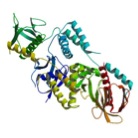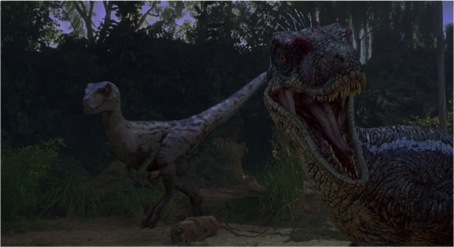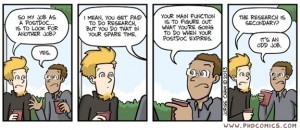by Juliane
Merlin-the wise wizard, the guardian of ancient wisdom long since lost in the fog of time. Merlin,who played a pivotal role in the epic that unfolded around King Arthur and the Knights of the Round Table by placing a sword into a stone.
Merlin– a regulator of the Hippo/SWH signalling pathway. Merlin,who plays a pivotal role in suppressing tumorgenesis by downregulating the E3 ubiquitin ligase complex.
Merlin stands for moesin-ezrin-radixin-like protein and is also known as NF2 or Schwannomin. People with deletions or mutations of merlin suffer from benign tumours formed by Schwann cells, which can press on neurons and lead to deafness and balance disorder in early adulthood.
Merlin was discovered in 1993 by James Troffater in James Gusella’s lab at Mass General Hospital, possibly after holding a lab retreat at a renaissance fair.
References:
Troffater et al. (1993) A Novel Moesin-, Ezrin-, Radixin-like Gene Is a Candidate for the Neurofibromatosis 2 Tumor Suppressor Cell, Vol. 72, 791400
Yogesha et al. (2011) Unfurling of the band 4.1, ezrin, radixin, moesin (FERM) domain of the merlin tumor suppressor. Protein Sci. 20: 2113-2120 http://commons.wikimedia.org/




